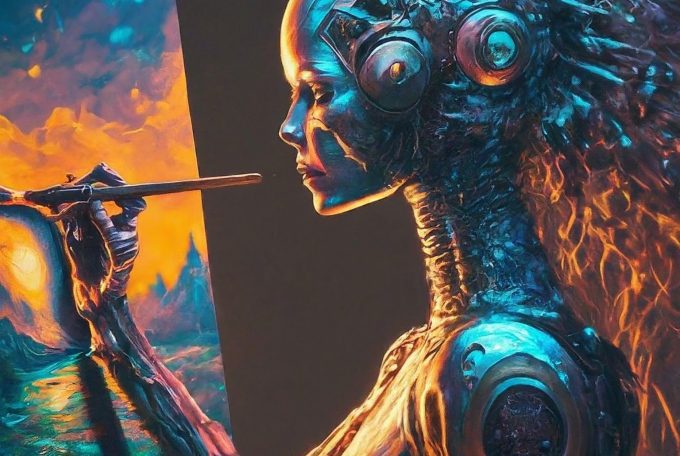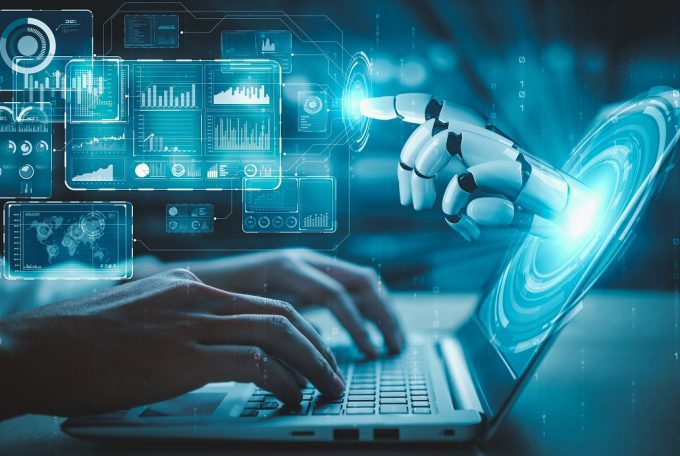We love sports. What about you? If you like it too, you might like Mostbet. Just click on the link to read a review.
But the main topic of this article is 5 amazing AI tools specifically designed for sports. Read more about them.
Satisfi Labs chatbot
Guests at an event usually have the same questions: from which side is the best way to approach the building, where exactly is the paid place in the hall, what kind of food, and at what price can you buy before the start or during the break.
Satisfi Labs has figured out how to simultaneously give clues and spin the most important questions for future visitors to sporting events.
For example, if the spectator is interested in parking, artificial intelligence formulates for him the most important questions on this topic and determines the best place to park the car. All questions require simple answers from the guest such as “yes-no” or “north-south”, and as a result the bot names the parking zone from which he or she can drive closest to the space in the arena.
In parallel, the bot creates query statistics. For example, the restaurants in the arena receive data about which dishes are most frequently requested. In this way, they can expand their range and optimize advertising within the stadium. And the arena management learns how it can improve navigation and which services that haven’t yet been implemented are most frequently requested by visitors, and can modernize on this basis.
Social media highlights available within 5 minutes
The oldest Grand Slam tennis tournament, Wimbledon, has made a complex technological breakthrough with its partner IBM. In addition to working with Big Data, since 2017 Wimbledon has been using the supercomputer IBM Watson to create compilations of the best moments of matches – highlights. It’s a whole system based on the use of artificial intelligence.
Thanks to machine learning, the developers taught the computer to recognize the emotions of tennis players after a draw: a clenched fist, a sharply raised hand, a smile, a jump. Added to this was an analysis of the audience’s reaction: disappointed and joyful sighs, and applause. In addition, the computer understands the significance of the moment and highlights the draws on break points, set points, and match points and also takes statistics into account – for example, the speed of the delivery.
Based on this, Watson selects the key moments of the match and summarises them in a video for Wimbledon’s social networks. The system needs 30 minutes to get an overview of the match, a human needs 45. This is especially important in the first days of the tournament when all 19 courts are occupied, many matches take place in parallel and it’s problematic to keep track. In 2017, Cognitive Highlights was installed on six courts.
HEED Possibilities for different sports
Founded in 2016, HEED positions itself as a product that will change the way you watch sports. HEED believes that a modern fan doesn’t always have the opportunity or even the desire to watch the game in its entirety, but it’s still important for them to stay on topic.
Using IoT data analytics and artificial intelligence, the platform has developed a new way to provide fans with moments of sporting events in the form of short “stories” directly during the game. It’s the same format that’s spread across many apps following the success of short vertical videos on Snapchat and Instagram.
HEED currently has three main partners: Euroleague Basketball, the UFC’s major mixed martial arts league and PBR (Professional Bullriding, Rodeo). Since the 2017/18 season, each arena of a Euroleague participant has been equipped with special sensors developed with proprietary technologies that analyze what happens in the arena: the behavior of the spectators, the actions of the players and coaches.
This information is combined with the collected data and transmitted to the application in the form of a video. It’s not just about real-time highlights, but about finding unique moments and data that can captivate a fan.
For example, during the match between Khimkiand Fenerbahce, 10 short videos were displayed in the HEED app, not during the first quarter. These are various clips ranging from dunks, showing the height of a basketball player’s jump and the time he spends in the air, to measuring the noise of the fans during the decisive phase of the game.
Auto racing will become cheaper and safer
The NASCAR series, the popular touring car race on the oval track in the USA, has long had a problem: drivers who break the rules when refueling or changing tires gain a considerable advantage. At first, glance, crossing the boundary lines is a minor offense. But in a race where the winner’s advantage can be less than 0.001 seconds, every detail is very important. And the overlap makes it possible, for example, to brake later or accelerate earlier.
Before the introduction of artificial intelligence, such violations were tracked by the organizers’ employees: At each race, there were about 50 of them, each monitoring their section via the monitor, recording violations and then checking them again if they were repeated. Now the organizers need 16 people to process the data from the new Windows 10-based system developed with the participation of Microsoft.
Instead of 50 people, the organizers installed 46 Sony Ipela cameras with 8-80 mm lenses from Fuji. Using trigonometric formulas, an accurate model of the track is created, the data from the cameras is superimposed on it and thus violations can be detected without a doubt. Teams and drivers have no chance to protest: Everything is recorded and documented.
The next step is to train the system and transmit further data collected with the same cameras to the teams and race participants. It’s planned that deeper analysis will help them with development. In addition, Microsoft’s data can make race broadcasts more attractive, and work in this direction is already underway.
Ford’s neural network training project involves extensive collaboration, with the automaker’s investment needed primarily for the development of self-driving cars. NASCAR’s support is only a small part of the project.





